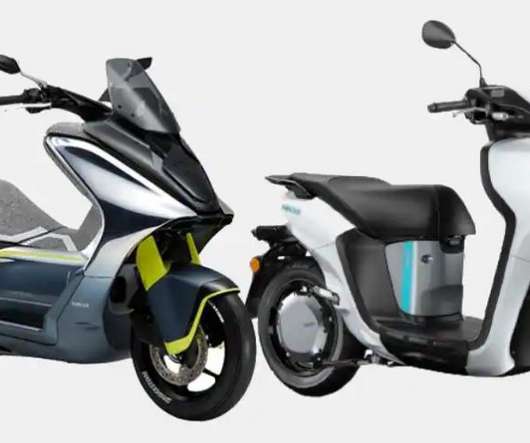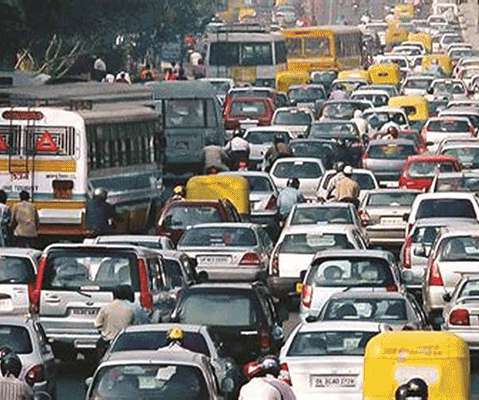Yamaha introduces the NEO and E01 electric scooters in India
Electric Vehicles India
APRIL 14, 2022
As we all know many manufacturers are in a race to develop Two wheels and now Yamaha is also trying to introduce its new brand two-wheeler into the Ev market, Yamaha is well-known for all in petrol 2 wheeler here if we look into the EV space there are few major two-wheeler Ev’s like Bajaj, TVS, Ola and few more. Ah Li-ion batteries).












Let's personalize your content